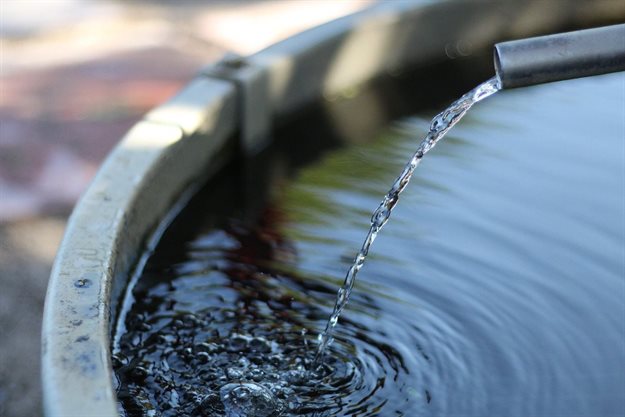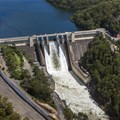Everyone takes water for granted and this begets complacency. Water may seem like a limitless resource, considering that most of the planet is covered in it. But freshwater, the kind that we need for drinking, farming and to sustain life itself, isn't infinite.
The United Nations Environment Programme has predicted that half the globe’s population could face severe water stress by 2030, with Africa – which already suffers from greater levels of water stress than other regions – likely to bear the greatest brunt.
The UN believes that more than 2 billion people are living in countries that are already experiencing high water stress, climate change, a rising global population, increased demands from agriculture and the expansion of urban areas are all contributing factors that will only heighten that stress in the coming years.
The World Wildlife Fund on the other hand estimates that by 2025, two-thirds of the world's population may face water shortages.
Economic impact
The economic impact of the shortfall in water infrastructure and supply is already severe. Sub-Saharan Africa currently loses an estimated 5% of its annual gross domestic product (GDP) due to poor access to clean drinking water and sanitation, 5-25% of its GDP to droughts and floods in affected countries, and 40 billion hours of otherwise productive time annually, collecting water.
The situation is not any better in Kenya where approximately half of the population in the major urban centres do not have constant access to running water, while in the rural areas, it is an even grimmer picture.
With a population of 50 million, 32% of Kenyans rely on unimproved water sources, such as ponds, shallow wells and rivers, while 48% of Kenyans lack access to basic sanitation solutions. These challenges are especially evident in rural areas and urban slums where people are often unable to connect to piped water infrastructure.
It is, therefore, vital that we come up with a Clean Water and Drinking Water Infrastructure Sustainability Policy which promotes sustainable infrastructure within the water sector.
Water privatisation
Kenya's water politics are unique. There has been a divide between areas that have been privatised. At a time when water privatisation is seen as a negative in developing countries because of the high costs that are passed along to the impoverished, lack of development here means a lack of basic supply, sanitation and a reliance on tanker services. Rural areas of Kenya are left without water and urban areas aren't much better due to lack of funds to run pumping stations and existing piping systems are often pirated or in disrepair.
In simple terms, the water infrastructure in Kenya needs serious improvement.
In Kenya today, to ensure there is water security, investments are needed not only in new infrastructure but also in the maintenance and operations of the existing assets in order to improve their efficiency and reduce water losses.
Infrastructure initiatives must be government-driven because that’s where the agenda is set, and major decisions are made. Governments must work collaboratively and also develop strategies that entice the private sector into engaging in projects aimed at promoting water security.
Investing in the health of people, ecosystems and more efficient water use is an investment that not only provides immediate economic benefits, but it also safeguards future economic gains. It leads to more business, better adaptive capacities to climate variability and improved ecosystem services.
Investing in water and sanitation
According to the World Health Organisation, for every $1 invested in water and sanitation, there are direct and indirect economic returns to individuals and households, the health sector, and agricultural and industrial sectors, ranging from $3 to $34. The value is there to be seen; with wiser and sustainable investment, the returns would be much greater.
It is, therefore, important that central and county governments are encouraged to raise the importance of water on the political agenda to the level of climate protection, invest in fit-for-purpose water supply and sanitation (WSS) infrastructure and services that will most quickly achieve universal access at least cost.
At the same time, they should plan and sequence water-related investments along strategic pathways that maximise benefits and provide the best for society; these investments should benefit sectors that affect water demand or supply, or mitigate current and future water-related risks, and can be assessed in a standardised way.
It is also vital that investment in projects should include requirements for identification of ongoing revenue sources for operations and maintenance, preferably from water users, sufficient to ensure that infrastructure remains fully functional well beyond the commissioning stages.
This way, we can attempt to save the country from its projected water stress.


























